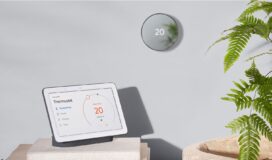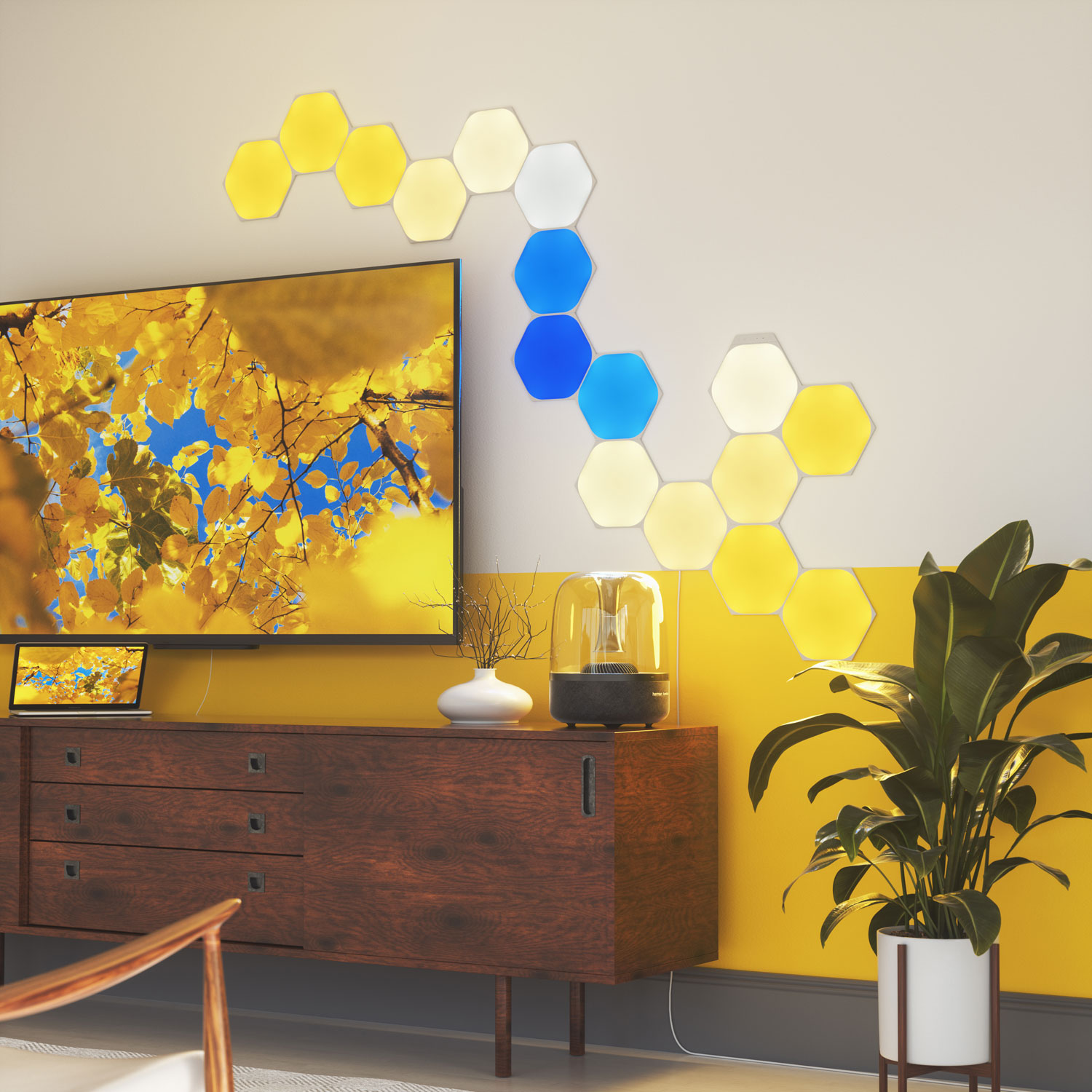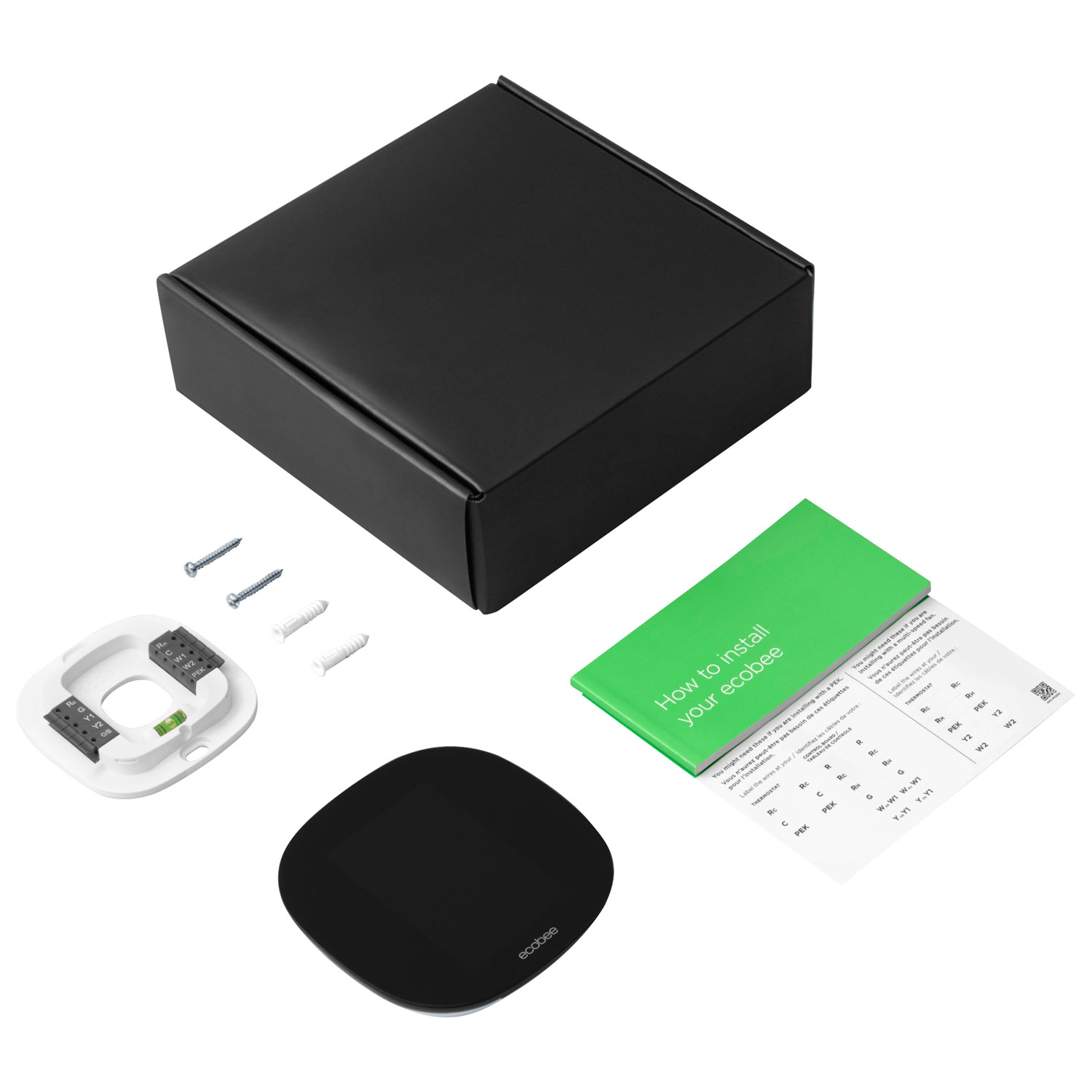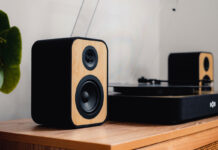
There was a time when only tech-savvy people could build a smart home. With advancements in technology, transforming your home into a smart haven is now within reach for everyone. Building a smart home can not only enhance convenience, it also increases energy efficiency and improves security. If you’re a beginner looking to retrofit your place into a smart home, here is what you need to know.
Determining your needs
The first step is assessing your needs, and identify problem areas in your current setup. Take a walk through your home and consider areas where automation and connectivity could make a difference. Do you forget to turn the lights off in the hallway? Are you concerned about home security? Do you get a lot of online parcels delivered to your front door? Or maybe you’re just looking to optimize energy consumption to lower your heating and cooling bills. Understanding your pain points and considering your lifestyle and daily routine will guide your decisions when selecting smart devices.
Setting a budget
Building a smart home doesn’t have to be expensive. There are a wide variety of affordable options available. Start by setting a budget that aligns with your financial capabilities. Prioritize the areas that are most important to you, such as smart lights or smart security cameras. Once you know what’s important, allocate a portion of your budget accordingly. Remember, building a smart home is a long-term investment. You can gradually expand and upgrade your system as your needs evolve. The important thing is to start with an ecosystem to build off of.
Smart home ecosystems, hubs, and compatibility
Once you’ve determined your needs and budget, you’ll need to pick an ecosystem and a hub. Smart home hubs act as the central control point for your connected devices. They enable communication between different devices and allow you to control them through a single interface, usually a smartphone app or voice command.
When selecting a hub, consider the ecosystem you’re adopting in your home. From there, you can check for compatibility with various smart devices to ensure seamless integration. With the new Matter smart home protocol, virtually all smart home devices will work together.
Common smart home hubs include Google Home, Amazon Echo, and Apple HomeKit. Choose a hub that aligns with your preferred ecosystem and offers support for the devices you plan to incorporate into your smart home. A good tip is to see which wake word you prefer to say for voice commands. For Google Home, it’s “Hey Google. Amazon Echo’s wake word is “Alexa”, whereas Apple HomeKit’s is “Siri”. Choose your preferred wake word to pick your ecosystem.
Smart device selection and compatibility
When selecting smart devices for your home, it’s important to ensure compatibility with your chosen smart home hub. This compatibility ensures that your devices can communicate with each other, and be controlled through the central hub. Whether it’s smart lights, thermostats, door locks, or security cameras, verify their compatibility before making a purchase. In most cases, this will not be an issue especially as Matter-enabled devices roll out. However, it’s still a good idea to verify your device is compatible with your ecosystem
Start with essential smart devices
As a beginner, start with a few essential smart devices and gradually expand your ecosystem. Focus on devices that have a significant impact on your daily routine and provide immediate benefits. For example, smart lighting allows you to control and automate your lights, saving energy and enhancing convenience. Start with the lights you use the most, and slowly add others over time.
For many, a smart thermostat is their first smart home device. It helps optimize energy consumption by adjusting temperatures based on your preferences and occupancy. This has immediate cost saving benefits without sacrificing comfort.
Home security devices, such as smart door locks and security cameras, provide peace of mind by allowing remote monitoring and control. Smart doorbell cameras help track deliveries and allows live two-way communication with couriers.
Expand and customize your smart home
Building a smart home is a journey. As you become more comfortable with the technology, expand and customize your system. Explore additional devices such as smart speakers, voice assistants, smart plugs, or even smart appliances. Consider integrating automation into your daily routine, such as setting up routines that turn off lights and lock doors automatically when you leave the house. The possibilities are endless. The customization options allow you to tailor your smart home to suit your unique needs.
Adding routines to automate your life
Once you have devices setup and working, the next step is adding routines. Smart home routines are predefined set of actions that are executed by a specific trigger or schedule. These routines enable you to control multiple smart devices simultaneously.
For example, set a morning routine when you get out of bed. You can program lights in the kitchen and bathroom to go on at 6am. From there, you can have smart speakers in the kitchen, bathroom, and bedroom play the same podcast. That way you can listen as you shower, get ready, and make breakfast in the morning. As you move rooms, the podcast is playing on every speaker so you never miss a word. You can also set another routine for all the lights to go off every work day at 7:30am when you leave, for example.
Creating a smart home from scratch
Building a smart home is an exciting endeavour that can significantly enhance your lifestyle, convenience, and efficiency. By determining your needs, setting a budget, selecting the right smart home hub, and ensuring compatibility between devices—you can create a cohesive and integrated system. From there, set routines to automate your devices to fit your lifestyle and daily habits.
Remember, start with essential devices like smart lights and smart plugs and gradually expand your ecosystem by adding smart locks and smart security cameras. If you get a lot of online deliveries, consider a smart doorbell to track package arrivals. Everyone’s need are different so decide what is best for you. To help you get started, read this smart home buying guide and get started building the smart home of your dreams.








